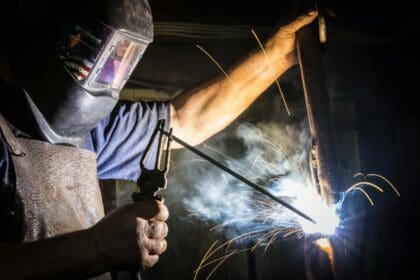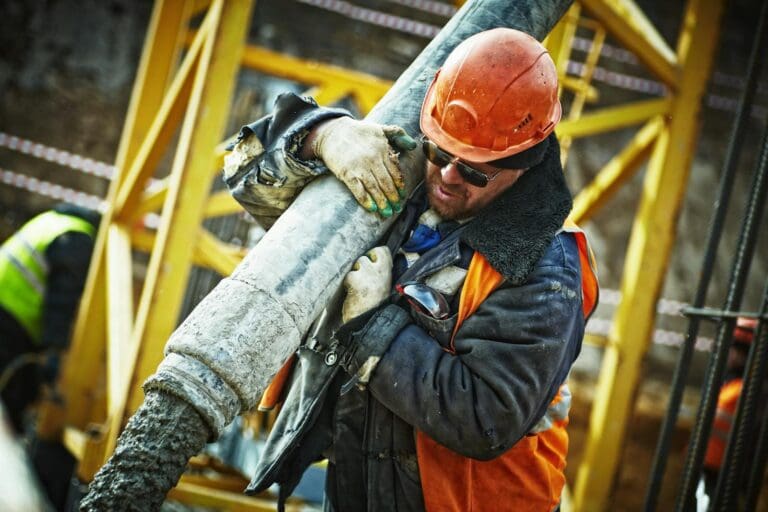Manufacturing is all about efficiency—getting products out the door faster, cutting waste, and maximizing production. That’s why companies are leaning hard into automation, robotics, and process improvements. But even with the best tech in place, none of it works without skilled workers running the show. Machines don’t maintain themselves, automation doesn’t troubleshoot its own errors, and factories don’t hit production targets without people making it happen.
That’s where workforce planning gets tricky. Lean manufacturing is all about doing more with less, which means companies can’t afford to carry a bloated payroll. But when production demand spikes, or key workers are out, hiring full-time isn’t always the answer. That’s why flexible staffing has become a game-changer. The factories that win in a lean environment are the ones that scale their workforce exactly when they need it—without locking into unnecessary costs.
Why Lean and Automated Production Are Changing Workforce Needs
Lean manufacturing doesn’t just eliminate wasted materials—it eliminates wasted labor. Every role has to contribute to efficiency, which is why full-time staffing models don’t always make sense in modern factories. Companies are moving away from large, static workforces and shifting toward precision hiring—bringing in workers only when production needs demand it.
- Automation is taking over repetitive tasks, but skilled workers are more important than ever – Robotics and AI-driven manufacturing speed up production, but they still need trained professionals monitoring, adjusting, and maintaining systems.
- Workforce demand fluctuates based on production cycles – Instead of overstaffing during slow periods, companies use temp staffing to fill gaps only when needed.
- Skilled trades are shifting toward high-tech roles – CNC machine operators, automation technicians, and process engineers are in higher demand than ever, making hiring slower and more competitive.
A factory that doesn’t adjust its workforce to match lean production isn’t running lean—it’s just running inefficiently.
Why Flexible Staffing is Key for Lean Operations
Companies investing in lean production know that an outdated hiring model won’t cut it. Full-time teams are great for core operations, but temporary staffing keeps production lines fully optimized without unnecessary overhead.
1. Reducing Labor Waste Without Slowing Down Production
- Lean manufacturing eliminates inefficiencies—including overstaffing. Instead of carrying full-time workers during slow periods, companies bring in temp labor when production requires it.
- A flexible workforce keeps payroll lean while making sure there are always enough hands on deck to hit deadlines.
2. Meeting the Demand for Skilled Automation Workers
- Supply chain automation, AI-driven manufacturing, and robotics are changing how factories operate. But that means more demand for technicians who understand how to manage these systems.
- Temp staffing provides immediate access to workers who can step into automation roles without a long hiring process.
3. Filling Skilled Trades Gaps Without Long-Term Commitments
- Companies need CNC machine operators, welders, and industrial mechanics, but hiring full-time for every position isn’t always practical.
- Temp staffing allows factories to bring in skilled trades as needed, ensuring production never falls behind.
4. Keeping Workforce Costs Lean
- Hiring too many workers during a slow production cycle burns through payroll fast. Hiring too few during peak demand creates costly delays.
- Temporary staffing ensures companies pay for labor only when it’s needed, maximizing workforce efficiency.
Lean manufacturing isn’t just about cutting waste—it’s about hiring smarter. The companies that master workforce agility get ahead.
How Temp Workers Improve Efficiency in Lean Manufacturing
Manufacturers that build a strong staffing strategy don’t get caught off guard when production needs change. They have a workforce that moves with demand, not against it.
1. Hiring Fast When Production Spikes
- Manufacturing doesn’t slow down to wait for a long hiring process. When orders increase, companies need extra workers immediately.
- Temporary staffing ensures pre-screened, trained workers are ready to step in and keep production moving.
2. Reducing Downtime with Skilled Technicians
- Automation and robotics increase efficiency, but when machines fail, everything stops.
- Having temp technicians on standby ensures production lines stay operational without long delays.
3. Keeping a Pipeline of Skilled Workers Without Overcommitting
- Skilled trades hiring takes time. Temp-to-perm staffing allows companies to test workers in real production environments before making full-time offers.
- Workers who prove themselves become long-term assets, helping manufacturers build a workforce for the future.
4. Maintaining an Adaptive, High-Performance Workforce
- Lean production requires a workforce that can adapt. Hiring full-time for every role locks companies into a fixed structure that doesn’t flex with demand.
- Temp staffing ensures companies can scale up or down instantly, without slowing production.
The most efficient manufacturers aren’t the ones with the biggest workforce—they’re the ones with the smartest workforce strategy.
MGR Workforce Helps Manufacturers Stay Lean and Productive
Lean manufacturing doesn’t work without a lean workforce strategy. MGR Workforce delivers pre-vetted, ready-to-work labor that adapts to production cycles, not against them.
- Factory-trained workers for supply chain automation and robotics
- CNC machine operators, welders, and skilled trades on demand
- Flexible staffing solutions that align with lean production needs
Companies that get workforce planning right don’t slow down when production surges. They stay ahead.
Request Workers Today and Keep Your Lean Manufacturing Team Running
Need temp workers who fit into your lean production model? MGR Workforce connects manufacturers with skilled, reliable labor that keeps efficiency high and costs low. Request workers today and make staffing one of your competitive advantages.















